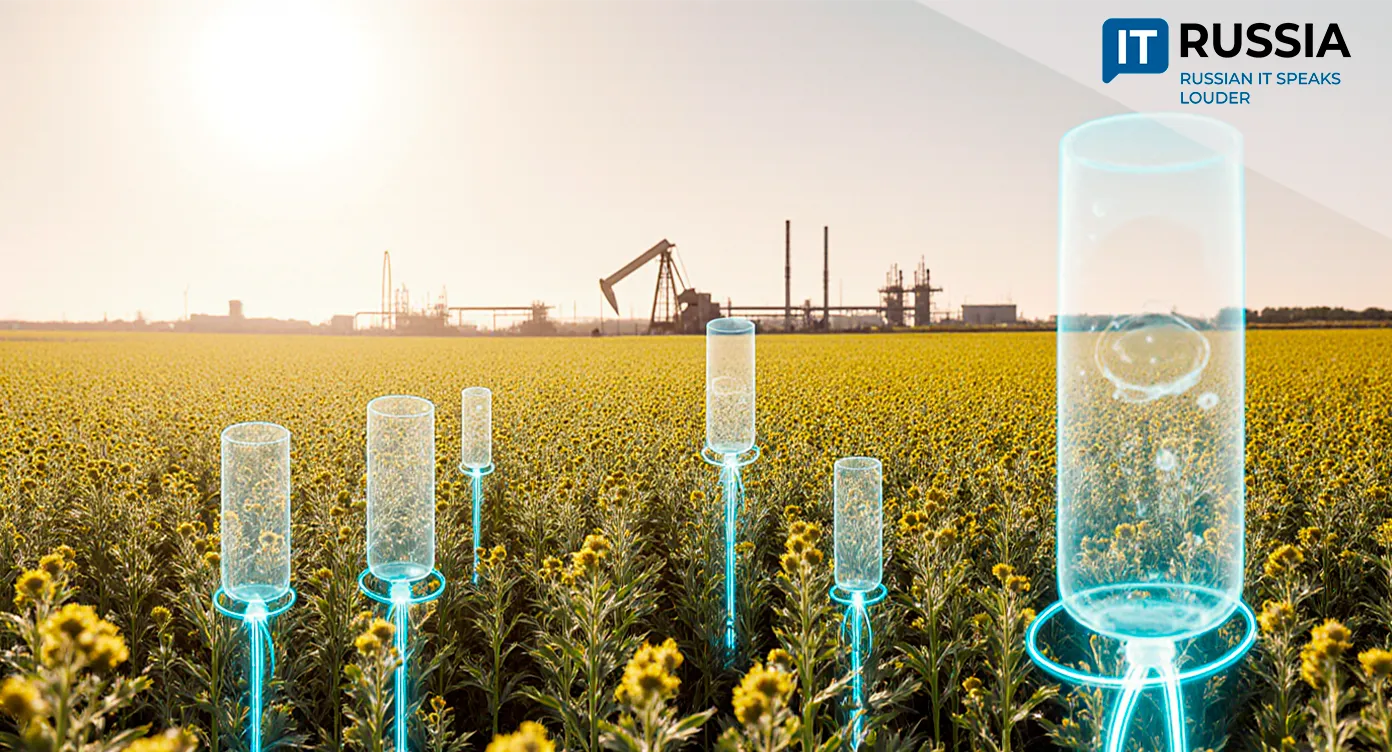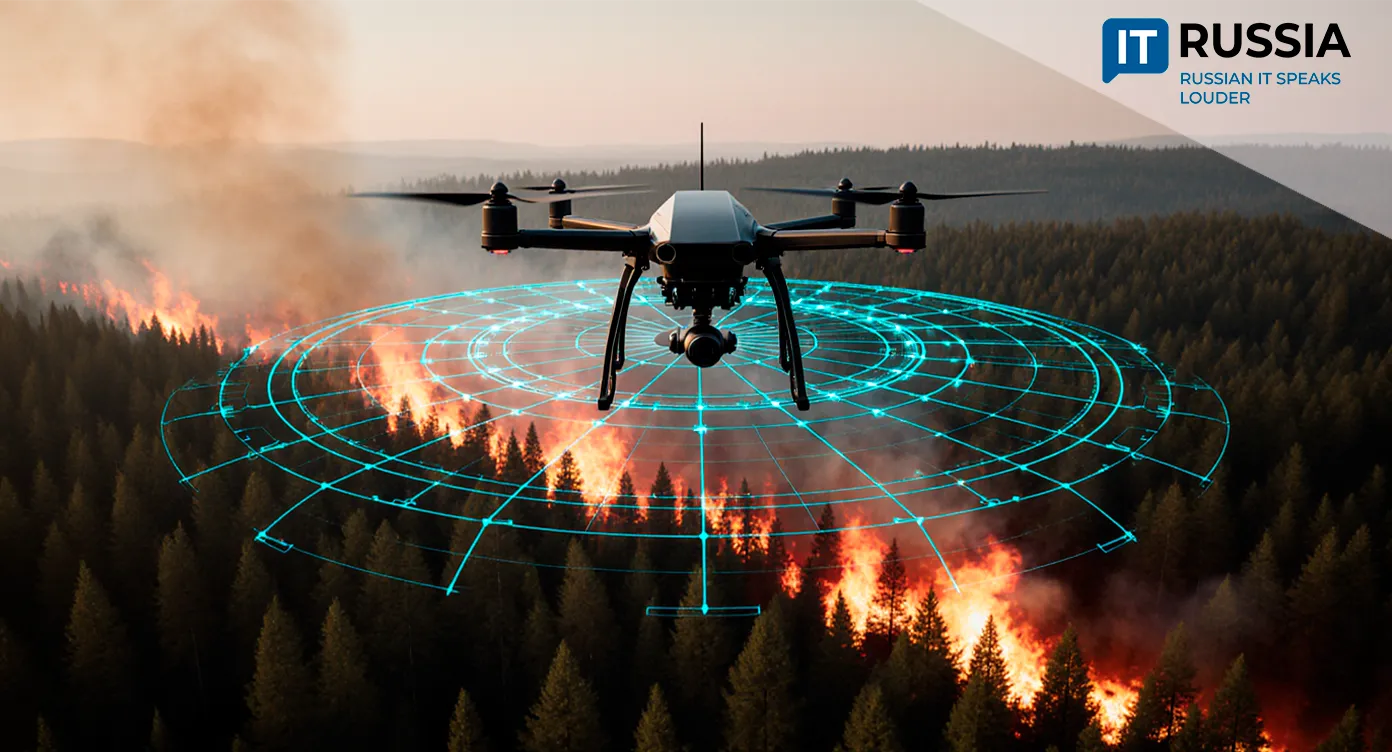Maximizing Investment: The Energy Sector Shapes Russia’s IT Landscape
Russia’s oil and gas industry is demonstrating record digital growth, with IT investments up 155% in a single year. The surge is driven by import substitution and rising cybersecurity threats. Today, 79% of companies in the sector already rely on domestic solutions for document management and cyber protection.

Drivers and Risks
In 2024, the oil and gas sector saw an unprecedented surge in IT spending, with total investments reaching 135 billion rubles (approximately $1.6 billion). This leap positioned the energy sector as the third-largest IT investor in Russia, behind only finance and transportation.
Two key factors are propelling this growth: import substitution and cybersecurity. The exit of foreign vendors and the sharp rise in cyberattacks on critical infrastructure have forced energy companies to act decisively.
The statistics tell the story: 79% of companies now use domestic software for electronic document management, 73% for information protection, and 49% for HR and warehouse logistics. Yet, a technological gap persists in complex, deeply integrated systems — Western solutions still dominate in PLM/PDM (product lifecycle management) and SCM (supply chain management), with 57% and 46% market shares respectively. These areas present major opportunities for Russian developers.

Security concerns have become central to digital transformation. One in five companies in the industry has already faced a cyberattack. Analysts note that while financial motives once dominated, today political interests are increasingly behind these intrusions. In response, 61% of companies have accelerated the rollout of advanced protection tools — including VPNs, biometrics, and encryption. Together, these initiatives are shaping a new framework for national digital resilience.
A Question of Survival
Digitalization in the energy sector delivers predictive analytics and minimizes downtime. Systems like the domestic PRANA IIoT platform for predictive maintenance allow companies to shift from reacting to equipment failures to preventing them altogether.
IT solutions are also optimizing supply chain management and improving worker safety. Automated control of high-risk operations, combined with computer-vision surveillance for safety compliance and equipment monitoring, is directly reducing industrial injuries and environmental risks.
From Pilots to Systemic Change
Looking back five years, it’s clear that today’s boom is the result of strategic, consistent effort. What began as isolated automation pilots in the mid-2010s and the adoption of Russia’s 2021–2030 Energy Digital Transformation Strategy has evolved into a phase of large-scale implementation. Forecasts for 2026 point to the next leap forward — growing interest in generative AI, digital twins, and data-driven management.

This evolution opens vast export potential for Russian IT. Solutions refined under sanctions pressure and cyber threats — from software to analytics platforms and cybersecurity systems — carry hard-earned resilience and are attracting international interest.
The Ball Is in the Government’s Court
The strategic digital transformation of Russia’s fuel-and-energy complex is planned through 2030. Many oil and gas companies are already investing in business-process management software, synchronized production-planning systems, big-data analytics, and automation tools for extraction, repairs, and budgeting.
Experts predict that next year will see pilot deployments of generative AI and digital-twin technologies to improve efficiency in both upstream and downstream operations.

The transformation of this sector — which contributes roughly 20% of Russia’s GDP — promises far-reaching benefits. The nation is witnessing a leap that’s turning a former technological outsider into a leader in industrial digitalization. Yet the process brings challenges: a shortage of skilled specialists and the gradual transition from legacy systems.
Analysts emphasize that completing this digital shift will require government support — specifically, a unified management and monitoring framework, comprehensive regulatory standards, and a national digital environment for developing and deploying industrial IT solutions. In other words, “the ball is now in the government’s court.” Major corporations have already made their move.










































